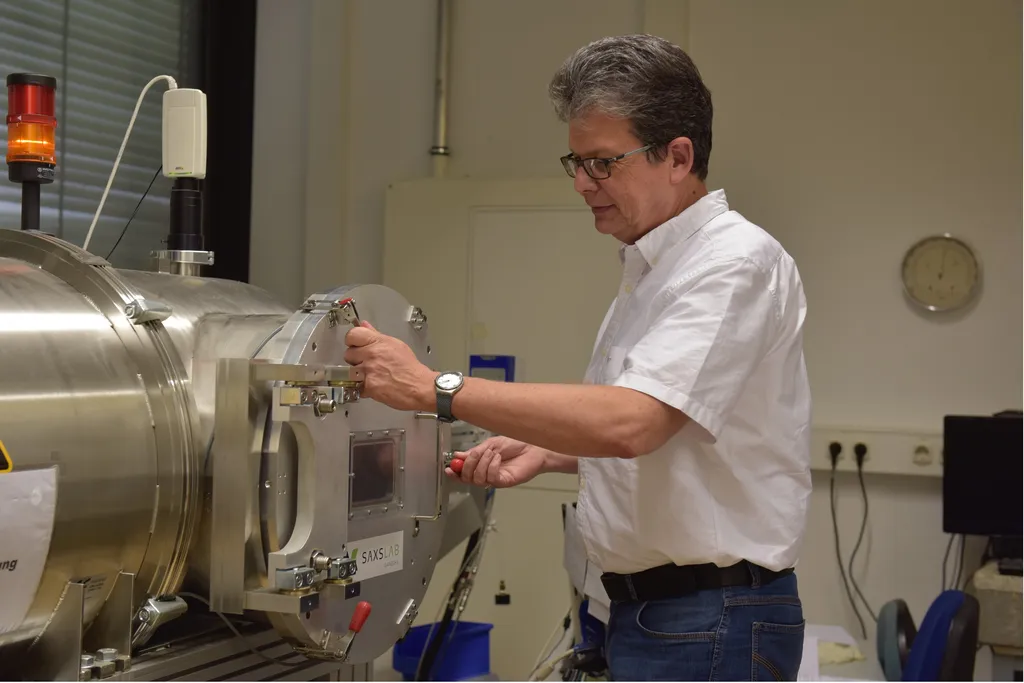In the heart of Iraq’s Northern Technical University (NTU), a groundbreaking study is illuminating the path towards more efficient solar energy solutions. Lead author Iman Mohsen Ahmed and her team have published a comprehensive review in the NTU Journal of Engineering and Technology (translated from Arabic), focusing on the potential of quantum dot solar cells to revolutionize the photovoltaic industry.
Solar cells have long been a cornerstone of renewable energy, but their efficiency has been limited by the materials and technologies used in their construction. Ahmed’s research delves into the evolution of solar cell generations, highlighting the unique properties of third-generation quantum dot solar cells. These tiny semiconductor particles, known as quantum dots, possess a remarkable ability to tune their bandgap by simply changing their size. This tunability allows them to absorb a broader spectrum of sunlight, significantly enhancing the cell’s efficiency.
“The quantum dots create an intermediate band, which enables multiple exciton generations from a single photon,” explains Ahmed. This means that a single photon of light can generate multiple electron-hole pairs, a process that could dramatically increase the efficiency of solar cells. The commercial implications for the energy sector are substantial. More efficient solar cells could lead to more affordable and accessible renewable energy, reducing our dependence on fossil fuels and mitigating the impacts of climate change.
The study also explores the various types of solar cells and the materials used in each generation, providing a comprehensive overview of the field. By understanding the strengths and limitations of each type, researchers can better identify areas for improvement and innovation.
Ahmed’s research is not just about improving existing technologies; it’s about paving the way for future developments. The insights gained from this study could inspire new designs and materials, pushing the boundaries of what’s possible in solar energy. As the world continues to seek sustainable and efficient energy solutions, the work of Ahmed and her team at NTU offers a promising glimpse into the future of photovoltaics.
In the words of Ahmed, “This review aims to shed light on the potential of quantum dot solar cells and stimulate further research in this exciting field.” With the energy sector eagerly anticipating the next big breakthrough, this study could be a significant step forward in the quest for more efficient and sustainable solar energy.

